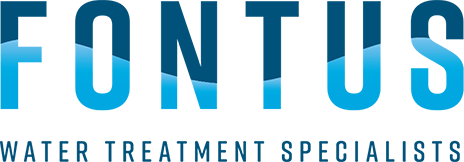Microorganisms and Pathogens
One of the most significant concerns when it comes to water contamination is the presence of microorganisms and pathogens such as bacteria, viruses, and parasites. These contaminants can cause illnesses such as gastrointestinal infections, cholera, and hepatitis.
Water treatment facilities employ multiple methods to eliminate microorganisms. Chlorination is one of the most common techniques, where chlorine is added to water to kill bacteria and viruses. Filtration processes, including sand filters and membrane filtration, are also employed to physically remove pathogens.
Heavy Metals
Heavy metals like lead, mercury, and arsenic can enter water sources through industrial activities, mining, or naturally occurring deposits. These metals are toxic and can have severe health effects, especially when consumed over long periods. Lead, for example, is particularly harmful to children's development.
Water treatment systems use various methods to remove heavy metals. Coagulation and flocculation processes help to bind the metal particles together, allowing them to be removed more easily during the sedimentation or filtration stages. Activated carbon filters and ion exchange resins can also effectively remove heavy metals from water.
Chemical Contaminants
Water sources can be contaminated with various chemicals, including pesticides, herbicides, pharmaceuticals, and industrial chemicals. These contaminants can enter water supplies through agricultural runoff, improper disposal of chemicals, or from manufacturing processes.
To address chemical contamination, water treatment plants often use processes like adsorption and activated carbon filtration. Activated carbon is highly effective in adsorbing organic chemicals, while advanced oxidation processes (AOPs) can break down complex chemical compounds into less harmful substances.
Disinfection Byproducts
While disinfecting water is crucial to eliminate harmful microorganisms, the disinfection process itself can lead to the formation of disinfection byproducts (DBPs). Chlorine, commonly used for disinfection, can react with organic matter in the water, forming DBPs such as trihalomethanes and haloacetic acids. These byproducts can be harmful and are associated with increased cancer risks.
To mitigate the formation of DBPs, water treatment plants employ alternative disinfection methods such as ozone or ultraviolet (UV) light. These methods are effective in killing microorganisms while reducing the formation of harmful byproducts.
Sediment and Turbidity
Sediment and turbidity refer to suspended particles in water, including soil, sand, and silt. These particles can affect the water's appearance, taste, and odor, and they can also clog pipes and reduce the effectiveness of other treatment processes.
Water treatment facilities use sedimentation and filtration processes to remove these particles. Sedimentation allows the particles to settle at the bottom, while filtration, often using sand or multimedia filters, removes the remaining suspended matter.
Understanding common water contaminants and the importance of water treatment is crucial for safeguarding your health and that of your loved ones. At Fontus Water Treatment, we offer a range of advanced water treatment solutions tailored to address specific contaminant concerns. Our experienced team can help you choose the right system that meets your needs and ensures clean, safe water for your home. Contact us today to learn more about our services and schedule a consultation.

